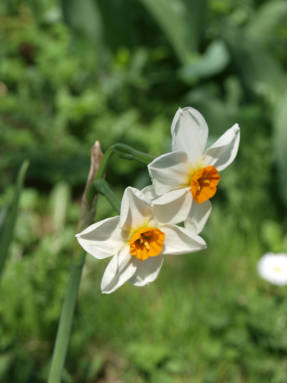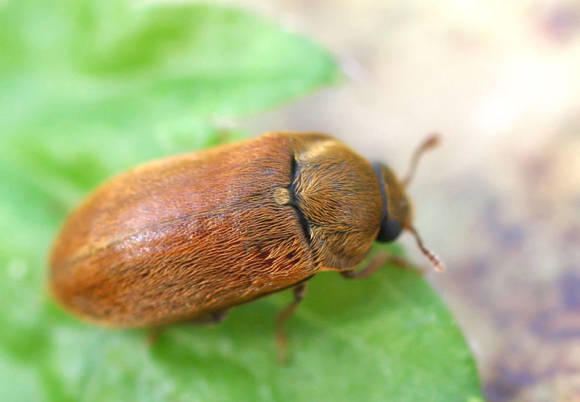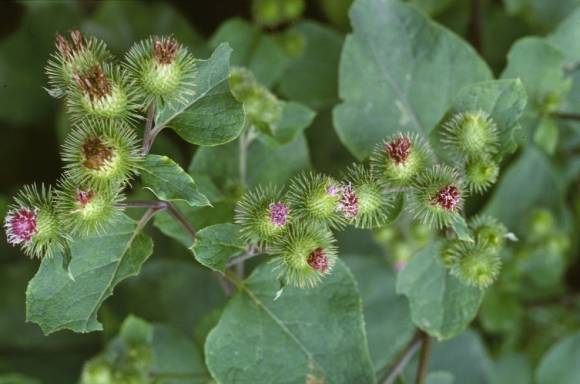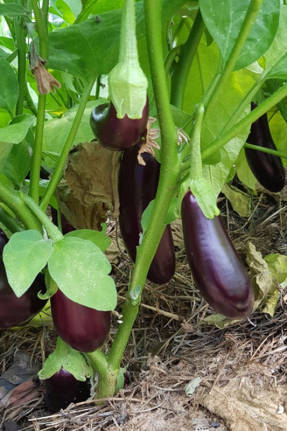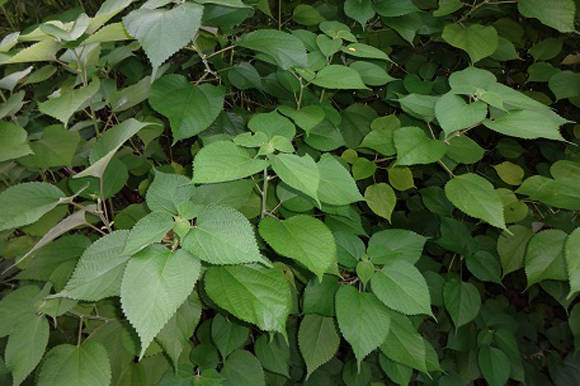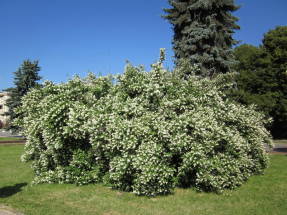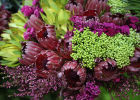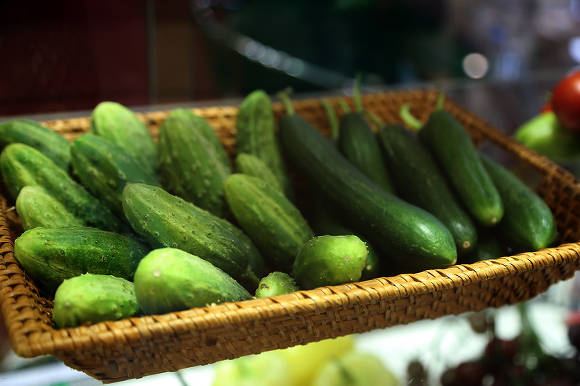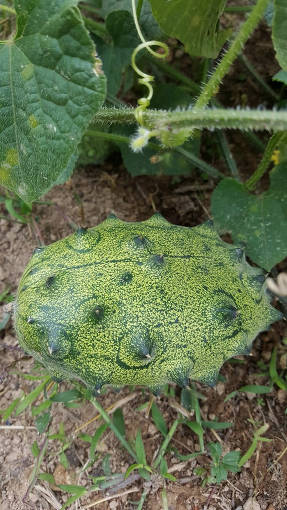Genus Bergeniawas named by Konrad Mönch in honor of the botanist Karl August von Bergen 1704-1759). The specific name corresponds to the Russian translation crassifolia - thick-leaved (crassus - thick and folium - sheet). Linnaeus in 1753 described it under the nameSaxifragacrassifolia, and K. Fritsch attributed the plant to the genus Badan.
Currently, the genus Badan has about 11 species, but this number in different literary sources is quite different. The very type of badan thick-leaved also has many synonyms: Bergenia bifolia Moench, nom. illeg. (includes B. crassifolia); B. cordifolia (Haworth) Sternberg; B. coreana Nakai; B. crassifolia var. cordifolia (Haworth) A. Borissova; S. cordifolia Haworth; S. crassifolia var. elliptica Ledebour; S. crassifolia var. obovata Seringe.
Botanical portrait
Badan thick-leaved (Bergeniacrassifolia) from the Stonefragment family is familiar to most flower growers. It is a herbaceous perennial with thick creeping rhizomes and overwintering, almost rounded leathery shiny leaves up to 35 cm long. They are collected in a rosette that creeps as the rhizome grows and old leaves die off. Badan blooms in May - early June. Its lilac-pink flowers are collected in a spreading paniculate inflorescence. Fruits, capsules, filled with very small seeds, ripening in July-August.
 |
Wild berry is found in the wild in the Altai mountains, Sayan, Tuva, in the Baikal and Transbaikalia.
A closely related species is found in the Far East, and, according to some botanists, the subspecies is Pacific badan (Bergeniapacifica or Bergeniacrassifoliassp.pacifica), characterized by elliptical leaves and red rather than pink flowers. It is distributed at altitudes from 600 to 2700 m above sea level (the optimal heights of the badan habitat are 1000-1700 m). Its habitats are confined to rubble and large-block taluses (kurums) and steep (up to 40 °) slopes of various exposures. It grows well on drained, but shallow mountain meadow or mountain forest soils and in rock crevices. The densest thickets forms in areas that are protected from the prevailing winds and have a deep snow cover in winter. Less demanding on light and heat. It is abundant enough on both illuminated and shady slopes.
Cultivation and reproduction
Badan grows well in the lower part of a rocky hill or on the northern or northwestern slope.This plant tolerates shade and can grow in partial shade areas. But in the sun, his leaves become somewhat smaller, which, in turn, reduces its decorative effect. The soil is preferable well-drained and rich in organic matter, medium in texture. Usually berry grows in one place for many years, therefore, before planting, the site must be filled with organic fertilizers and compost must be applied at the rate of 1-2 buckets per 1 m2. Most often, berry is propagated vegetatively, by pieces of rhizomes. Usually they take the top with a rosette of leaves and more or less developed adventitious roots. It is better to divide the plants at the beginning of autumn, then they have time to take root and in the spring they start growing almost immediately. When transplanting in spring, it is necessary to cut the flower stalks so that they do not deplete the plant, which already has weak roots, and water it if necessary. Very long rhizomes are cut into pieces 10-15 cm long and laid out in a groove on moist soil, covered and watered periodically. After a while, adventitious roots are formed, and dormant buds start to grow. You can speed up the process of rooting and subsequent growth of a plant by soaking pieces of rhizomes before planting in a solution of heteroauxin, Zircon preparation, or dusting with Kornevin. Badan practically does not suffer from pests and diseases. But watering in dry weather is desirable. Plants, of course, will not die, but their decorative effect is noticeably reduced. Rhizomes are used as a medicinal raw material in badan, which can be harvested throughout the growing season, but it is better to combine this operation with a transplant. Rhizomes are easily pulled out, as they are located on the soil surface.The upper part with a rosette of leaves and a piece of rhizome 5-10 cm long is planted in the ground, and the rest is cleaned of the ground, washed in cold water, cut into small pieces and dried, spreading out in a thin layer on paper. Fast drying in a hot oven can reduce the quality of the raw materials. Raw materials can be stored for up to 4 years. Leaves are also used in folk medicine. They are harvested at the end of summer, as it is believed that during this period they are more healing. In addition, overwintered brown leaves are used in Altai to prepare a rather pleasant taste and extremely healthy tea. Rhizomes contain tannins (15-27%), represented mainly by gallotannins, isocoumarin, bergenin. The leaves contain 13-23% tannins, depending on the age and growing season, vitamin C, rutin, quercetin, dihydroquercetin, polyphenols, phytoncides and up to 22% arbutin glycoside (which is also contained in the lingonberry leaf and gives it medicinal properties). With age, the content of tannins in the leaves decreases, but in the roots, on the contrary, it grows. In medicine, badan preparations are used as a bactericidal, hemostatic and astringent agent for diseases of the gastrointestinal tract (colitis, diarrhea, bleeding) and in gynecology (colpitis, cervical erosion, uterine bleeding). The antimicrobial activity of badan is very high, which made it possible to traditionally use it for intestinal infections, in particular, dysentery. Its drugs are active against Escherichia coli and, to a lesser extent, against typhoid fever. Due to the content of catechins, bergenia preparations have P-vitamin activity, which makes it possible to use them for internal bleeding and bleeding of the gums. And thanks to the combination of antimicrobial and hemostatic action, a badan decoction is a good remedy for periodontal disease. Relatively recently, a pectin polysaccharide called bergenan was isolated from green leaves of badan, which are used relatively rarely, and it includes d-galacturonic acid and residues of galactose, rhamnose, arabinose and glucose. In an experiment on mice, it was proved that it has an immunostimulating effect, increasing phagocytic activity. Rhizome extract prepared from 3 tablespoons of crushed raw materials and a glass of water. The liquid is evaporated by half on the fire, filtered and taken 20-30 drops 3 times a day for the diseases listed above. For douching, use a diluted extract at the rate of 1 tablespoon per glass of water. In a similar dilution, the extract is used for rinsing with stomatitis, gingivitis, sore throat, periodontal disease. You can use and decoction, which is prepared from one tablespoon of crushed rhizomes and 1 glass of water. Raw materials are boiled for 30 minutes over low heat in an enamel bowl, cooled at room temperature, filtered and taken 1 tablespoon 3 times a day before meals. In folk medicine rhizome powder used to clean teeth with gum disease. To heal cracks on the arms, legs, lips, they prepared ointment... To do this, 5 g of rhizomes crushed into powder are boiled in a glass of butter for 5-10 minutes. Store the ointment in the refrigerator. The plant is in the first row of the world's tanning agents (the tannin content is 2 times more than in the bark of willow or spruce, and 4 times more than in the bark of oak). If it were not for the high cost of raw materials, it could be used for tanning soles and leather, as well as impregnating nets and tarpaulins so that they do not rot. When dyeing fabrics, a decoction of badan rhizomes gives black and brown dye. The rhizomes soaked in water and washed from tannins can be eaten, and overwintered, darkened leaves are used for aromatic tea known as Mongolian tea, or chigir tea... To do this, they are harvested in the spring, dried and then brewed in a teapot like regular tea.

Medicinal properties

Application recipes
Other application
